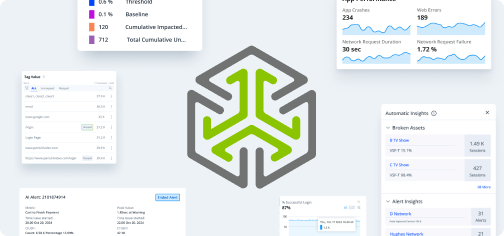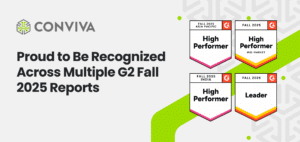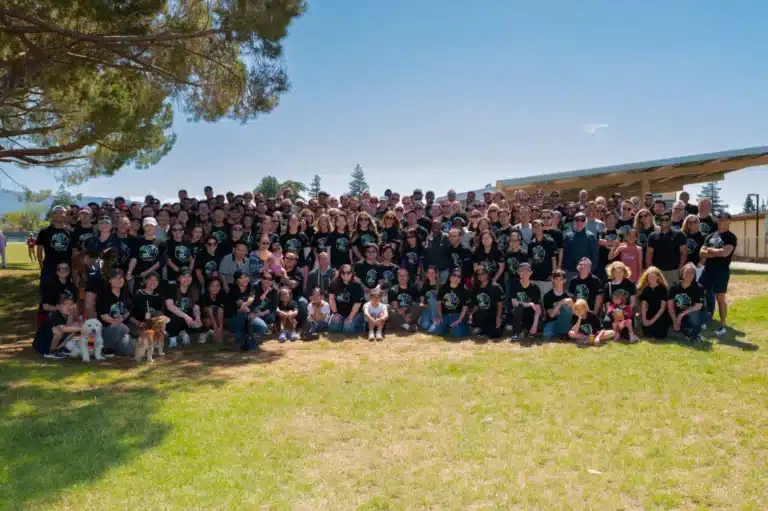Large Language Models (LLMs) are advanced AI systems trained on massive datasets of text to understand, generate, and interact using human language. Built using deep learning architectures—typically transformer-based—LLMs can perform a wide range of tasks including text generation, summarization, translation, question answering, and code generation.
Why Large Language Models Matter in 2025
In 2025, LLMs are the backbone of modern AI applications, powering everything from digital assistants and chatbots to enterprise automation and creative tools. Their ability to generalize across domains, understand context, and generate coherent responses makes them essential for building agentic, intelligent systems that can reason, communicate, and act autonomously.
Core Components of Large Language Models
Transformer Architecture
LLMs are built on transformer networks, which use self-attention mechanisms to process and relate words across long text sequences efficiently.
Pretraining on Massive Corpora
LLMs are trained on diverse datasets—books, articles, websites, code—to learn grammar, facts, reasoning patterns, and world knowledge.
Tokenization and Embeddings
Text is broken into tokens and converted into numerical vectors (embeddings) that capture semantic meaning and relationships.
Contextual Understanding
LLMs maintain context across long passages, enabling coherent multi-turn conversations and nuanced text generation.
Few-Shot and Zero-Shot Learning
LLMs can perform tasks with minimal examples or even without explicit training, thanks to their generalized language understanding.
LLMs vs Traditional Language Models
Traditional models are often rule-based or trained on narrow datasets for specific tasks. LLMs, by contrast, are general-purpose, scalable, and capable of performing a wide variety of tasks without task-specific retraining—making them far more flexible and powerful.
Key Challenges in LLM Development and Deployment
Computational Cost
Training and running LLMs require significant computational resources and energy, raising concerns about scalability and sustainability.
Bias and Fairness
LLMs can reflect and amplify biases present in training data, necessitating careful evaluation and mitigation strategies.
Hallucination and Accuracy
LLMs may generate plausible but incorrect or misleading information, especially in high-stakes domains.
Security and Misuse
LLMs can be misused for generating harmful content, impersonation, or misinformation, requiring robust safeguards and ethical oversight.
Benefits of Large Language Models
General-Purpose Intelligence: Capable of performing a wide range of tasks across domains
Natural Language Interaction: Enables intuitive, conversational interfaces
Rapid Adaptability: Learns new tasks with minimal examples or fine-tuning
Scalable Automation: Powers enterprise workflows, content creation, and customer support
Creative and Analytical Capabilities: Assists in writing, coding, summarizing, and problem-solving
Use Cases and Applications
Conversational AI
Powers chatbots, digital assistants, and virtual agents with natural, context-aware dialogue capabilities.
Content Generation
Creates articles, marketing copy, reports, and creative writing with minimal human input.
Code Assistance
Generates, explains, and debugs code across multiple programming languages.
Search and Knowledge Retrieval
Answers questions, summarizes documents, and extracts insights from large datasets.
Education and Tutoring
Provides personalized learning support, explanations, and feedback across subjects.
The Future of Large Language Models
LLMs are evolving toward more agentic, tool-using systems that can reason, plan, and act autonomously. Future models will integrate multimodal inputs (text, image, audio), maintain long-term memory, and collaborate with other agents—enabling more intelligent, adaptive, and human-aligned AI ecosystems.
Related AI Technologies and Concepts
Agentic AI: Autonomous systems that use LLMs for reasoning and decision-making
Natural Language Processing (NLP): Core technology enabling LLMs to understand and generate language
Model Context Protocol (MCP): Allows LLMs to interact with external tools and maintain context
Prompt Engineering: Techniques for guiding LLM behavior through structured input
Multimodal AI: Models that process and generate across text, image, audio, and video
Getting Started with Large Language Models
Organizations can start by identifying language-intensive workflows and selecting LLM platforms that align with their goals. Open-source models (e.g., LLaMA, Mistral, Falcon) and commercial APIs (e.g., OpenAI, Anthropic, Google) offer flexible options for experimentation and deployment. Responsible use, testing, and monitoring are essential for maximizing value and minimizing risk.
Conviva helps the world’s top brands to identify and act on growth opportunities across AI agents, mobile and web apps, and video streaming services. Our unified platform delivers real-time performance analytics and AI-powered insights to transform every customer interaction into actionable insight, connecting experience, engagement, and technical performance to business outcomes. By analyzing client-side session data from all users as it happens, Conviva reveals not just what happened, but how long it lasted and why it mattered—surfacing behavioral and experience patterns that give teams the context to retain more customers, resolve issues faster, and grow revenue.
To learn more about how Conviva can help improve the performance of your digital services, visit www.conviva.com, our blog, and follow us on LinkedIn. Curious to learn how you can identify and resolve hidden conversion issues and discover five times more opportunities for growth? Let us show you. Sign up for a demo today.





